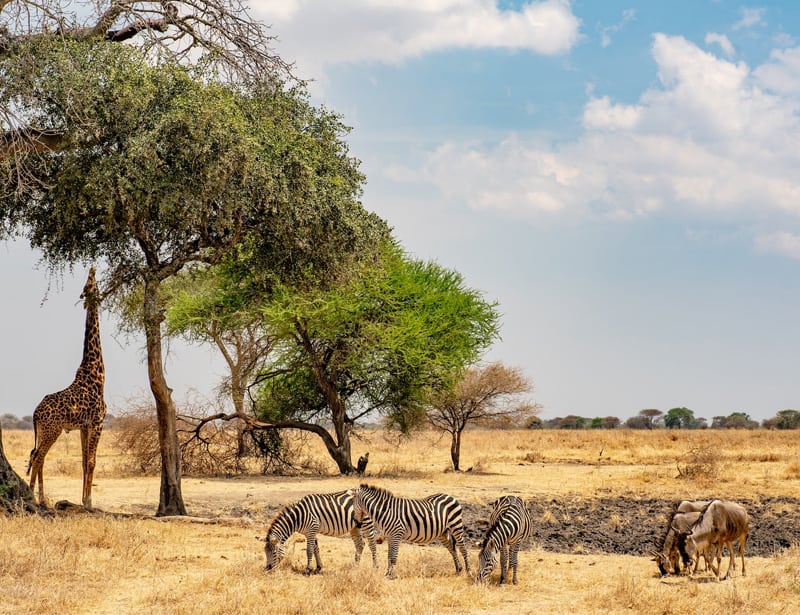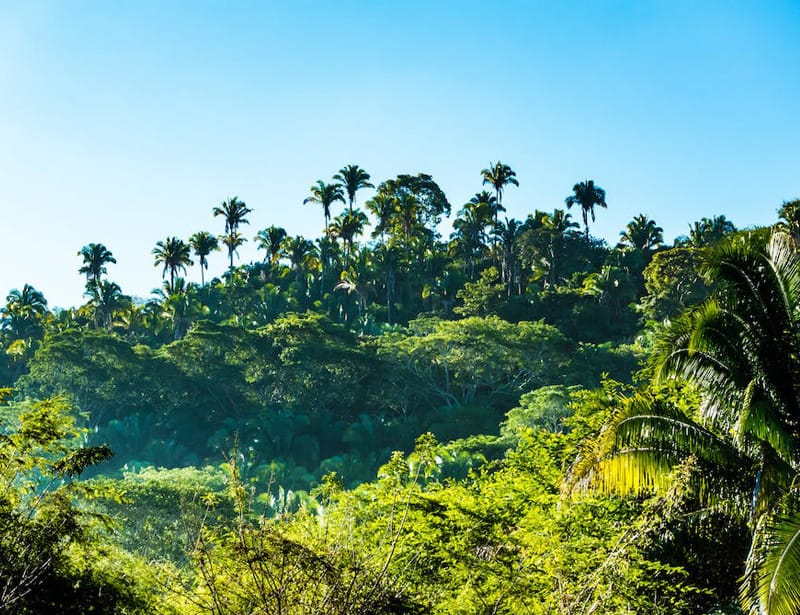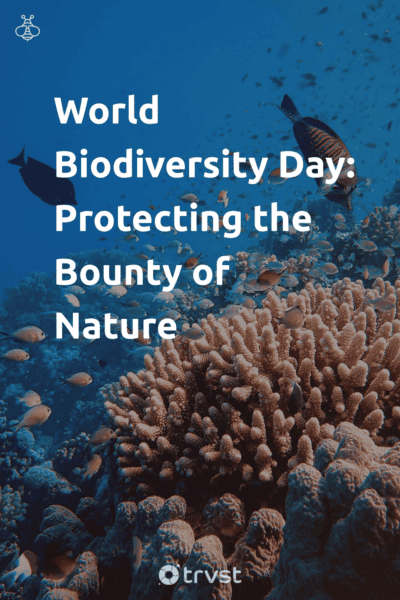World Biodiversity Day: Protecting the Bounty of Nature
Every May 22, the world celebrates World Biodiversity Day, or International Day for Biological Diversity, which promotes the preservation of Earth's diverse life forms. This day discusses biodiversity issues, including extinction, habitat destruction, and climate change.
It not only reminds everyone to appreciate life on our planet but also encourages everyone to protect it. Read on to learn more.
Featured in: May - Awareness Months, Days & Observances.
History and Background of International Day for Biological Diversity

The United Nations General Assembly's Second Committee initially founded the International Day for Biological Diversity or World Biodiversity Day on 29th December 1993. However, in December 2000, this date was shifted to 22nd May.
The reason behind this was to memorialize the day that the Convention on Biological Diversity was agreed upon. This pivotal text was approved on May 22, 1992, during the Nairobi Final Act of the Conference for the Adoption of the Agreed Text of the Convention on Biological Diversity.
The Convention laid the foundation for conserving biological diversity, sustainable use of its components, and fair sharing of benefits from genetic resources.
The first commemoration happened in 2001, marking the beginning of the United Nations Decade on Biodiversity until 2010. A significant milestone was the adoption of the Nagoya Protocol in 2010, which ensures a fair and transparent sharing of benefits arising from using genetic resources.
The 2023 theme for International Day for Biological Diversity, "From Agreement to Action: Build Back Biodiversity," underscores the need to implement the goals in the recently signed Kunming-Montreal Global Biodiversity Framework. This agreement provides a comprehensive roadmap to protect sustainable biological diversity by 2050
The Cause and Its Challenges

The rapid decline of biodiversity threatens nature and people. Both developed and developing countries rely on it for food and shelter. It is an undeniable truth that it is invaluable.
However, human activities such as deforestation and overexploitation have caused a significant decline. Here are some biodiversity statistics to urge immediate collective action:
- Around 1 million plant and animal species risk extinction due to uncontrolled drivers of biodiversity loss. Current extinction rates surpass the average of the past 10 million years1.
- Human actions have significantly altered about 75% of the terrestrial environment and roughly 66% of the marine environment.
- Since 1980, there's been a tenfold increase in marine plastic pollution, impacting a minimum of 267 species2.
Loss of biodiversity threatens all aspects of life. But when we focus on protecting it, we can simultaneously or easily solve several sustainable development challenges.
Related Read: Three Components of Biodiversity, Biodiversity Threats.
Efforts and Initiatives
In this section, let's recognize some of the monumental protocols and framework agreements that have been forged to protect our planet's biodiversity.
These include the Aichi Biodiversity Targets, the Nagoya Protocol on Access and Benefit-sharing, the Cartagena Protocol on Biosafety, and the Post-2020 Global Biodiversity Framework, each playing a pivotal role in our ongoing efforts to preserve the myriad of life on Earth.
Additionally, the United Nations Development Programme launched the Biodiversity Finance Initiative (BIOFIN) to develop a comprehensive finance plan for sustainable biodiversity conservation. Their strategy persuades nations to invest in ecosystem management and biodiversity as an excellent economic decision.
Moreover, non-profit organizations such as the World Wildlife Fund have promoted biodiversity conservation through Earth Hour and the Living Planet Report initiatives.
The Toronto Wildlife Centre has also launched a "Backyard Biodiversity" campaign, encouraging individuals to transform their gardens into wildlife-friendly habitats.
How to Get Involved and Support World Biodiversity Day

During May 22 and beyond, let's implement the following to save biodiversity:
- Grow native plants in your garden to create a refuge for local wildlife and maintain your area's unique biodiversity.
- Encourage local communities to do cleanup drives. It improves the habitat quality of local ecosystems, making them healthier for the species they host.
- Write letters or emails to policy-makers expressing the importance of biodiversity, emphasizing its strong connection to sustainable livelihoods such as farming and fishing.
- Visit a local park or forest reserve to have a renewed sense of connection with nature.
- Organize an educational workshop in your community to raise awareness about the importance of biodiversity and the threats it faces.
- Begin a compost pile at home to foster soil biodiversity, which forms the foundation for a healthy and diverse ecosystem.
- Join a citizen science project and contribute meaningful data to biodiversity research and conservation initiatives.
- Help increase biodiversity by building bird feeders, bird boxes, or wildlife ponds in your backyard.
- Purchase sustainable and ethically sourced products, such as clothes and footwear.
- Utilize social media to raise awareness. Share important news, articles, petitions, and events.
Conclusion
The International Day for Biological Diversity highlights the importance of biodiversity, a crucial factor for the health of our planet. Preserving biodiversity requires collective effort from everyone, and every decision one makes can impact the environment.
After all, all our technological advances depend on nature for their raw materials and energy, among others. Likewise, we cannot live without water, food, fuel, and medicines, all from nature.
Let’s make a pledge every May 22 to continuously make choices to keep the rich biodiversity intact.
FAQs (Frequently Asked Questions)
This annual event takes place on May 22. It raises awareness about the importance of biodiversity and the conservation of the natural world.
Protection of biodiversity remains crucial for maintaining the health and balance of ecosystems, providing essential resources, and supporting various ecosystem services that humans rely on.
The main threats to biodiversity include habitat destruction, pollution, climate change, invasive species, and overexploitation.
You can protect biodiversity by supporting conservation efforts, reducing your ecological footprint, promoting sustainable practices, and spreading awareness about its importance.
To support healthy and vibrant ecosystems, you can participate in local events, organize educational activities, share information on social media, or even plant native trees and flowers.
Mike is a degree-qualified researcher and writer passionate about increasing global awareness about climate change and encouraging people to act collectively in resolving these issues.
Fact Checked By:
Isabela Sedano, BEng.

